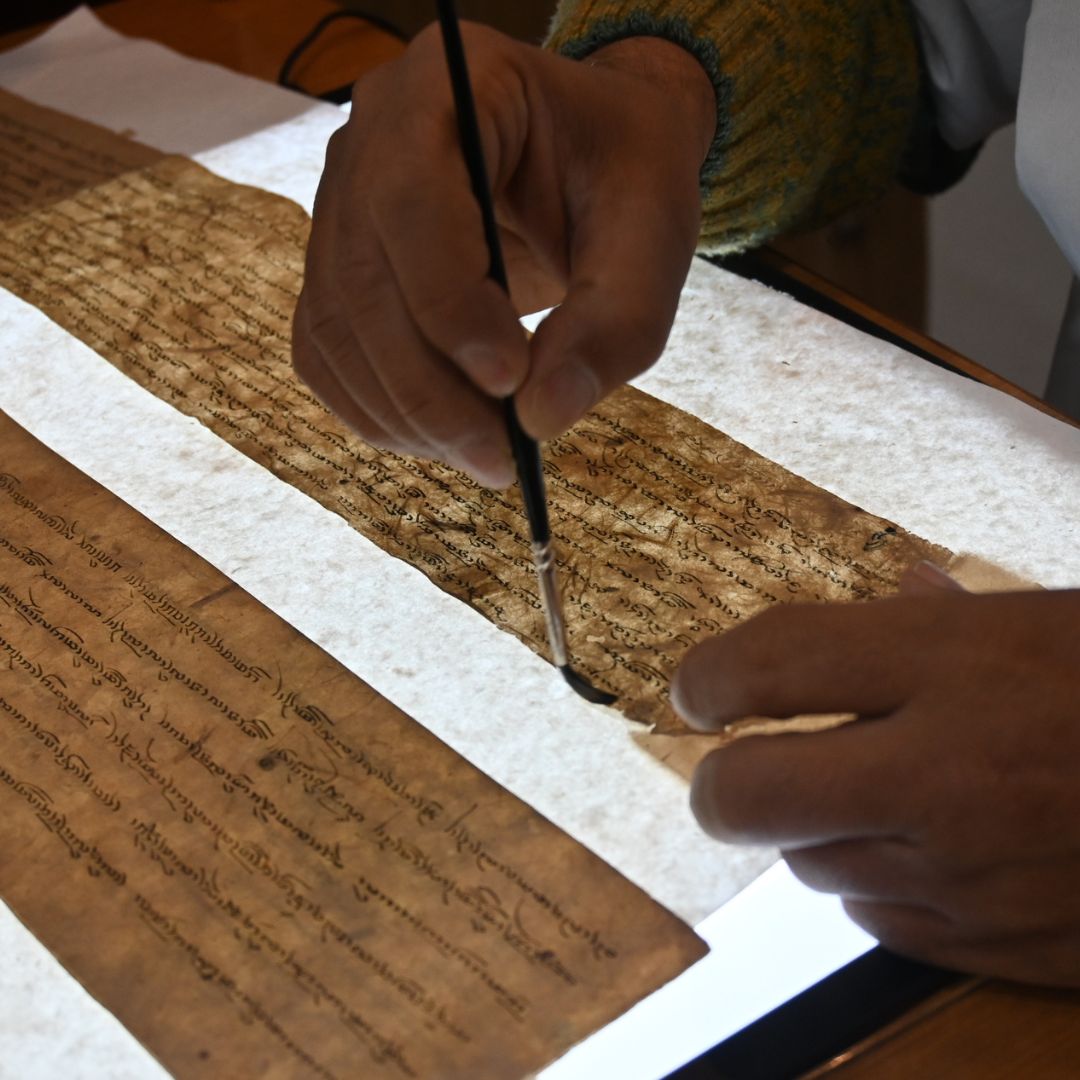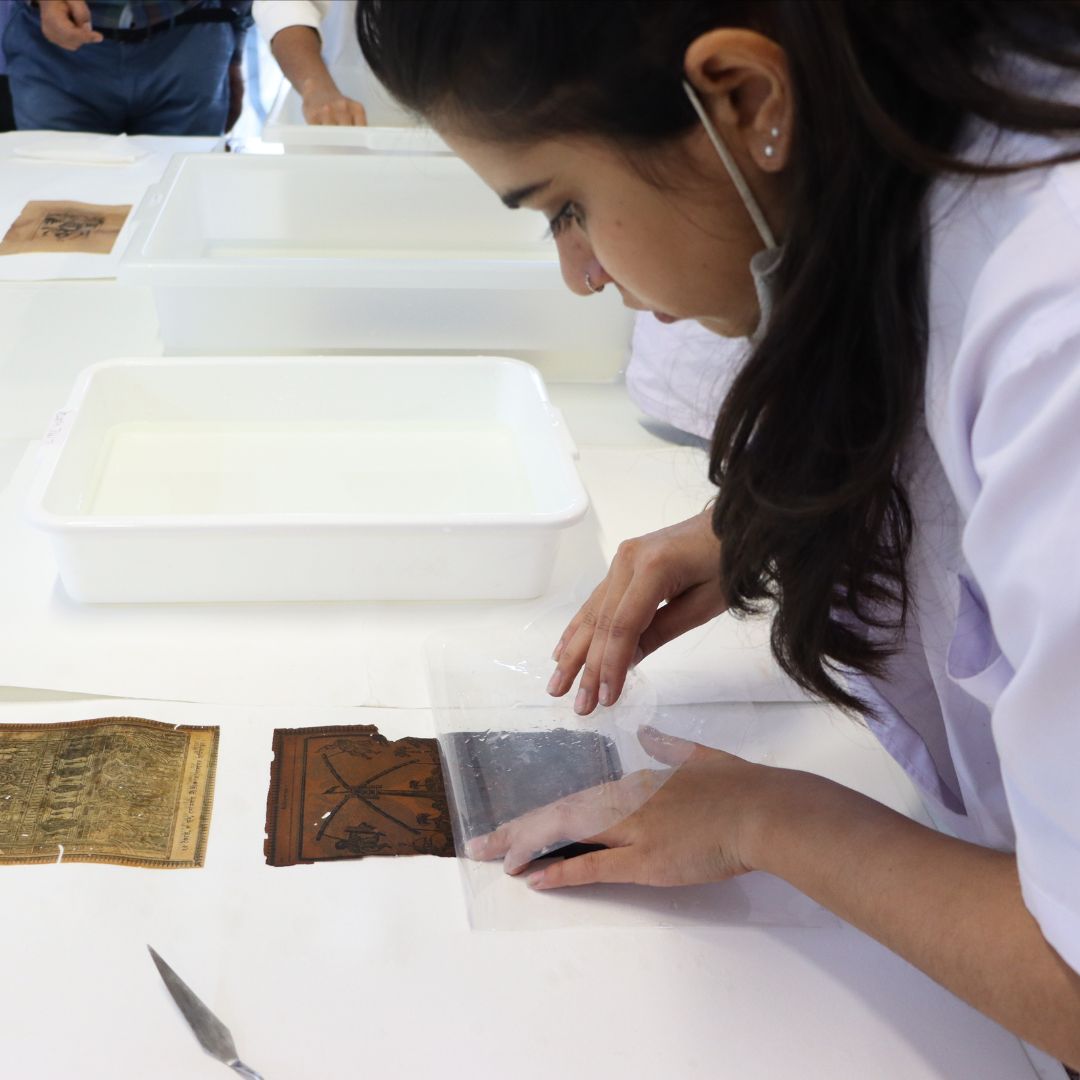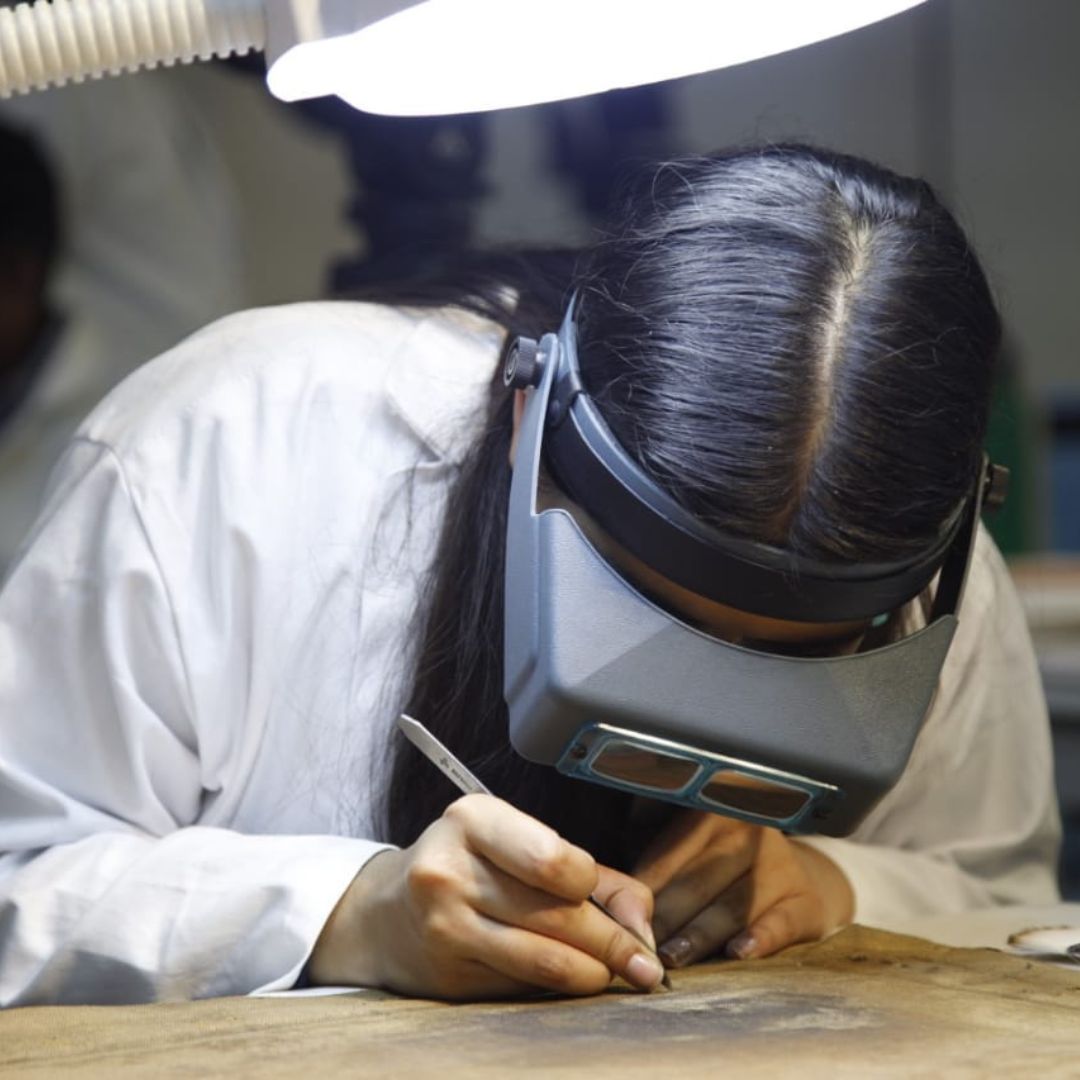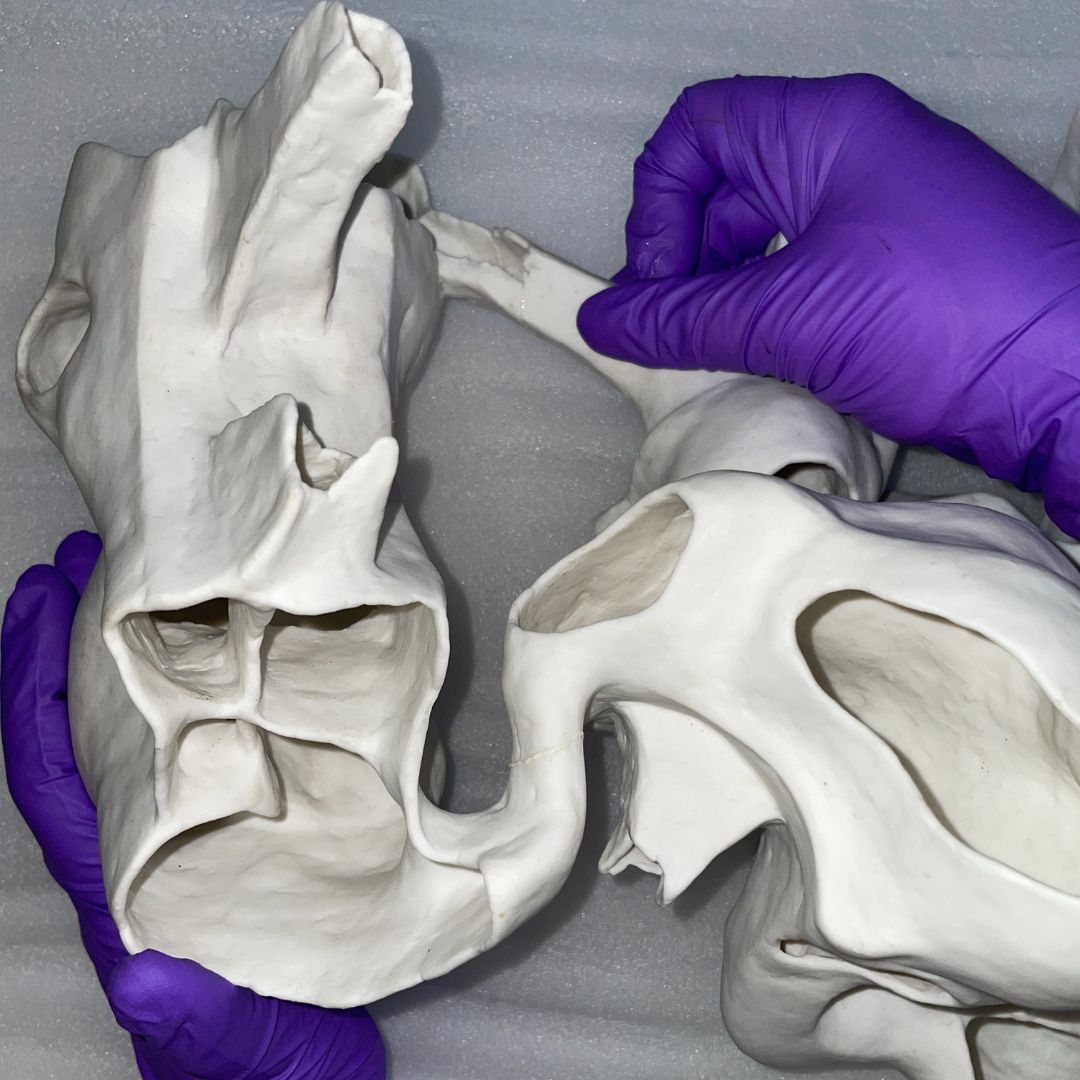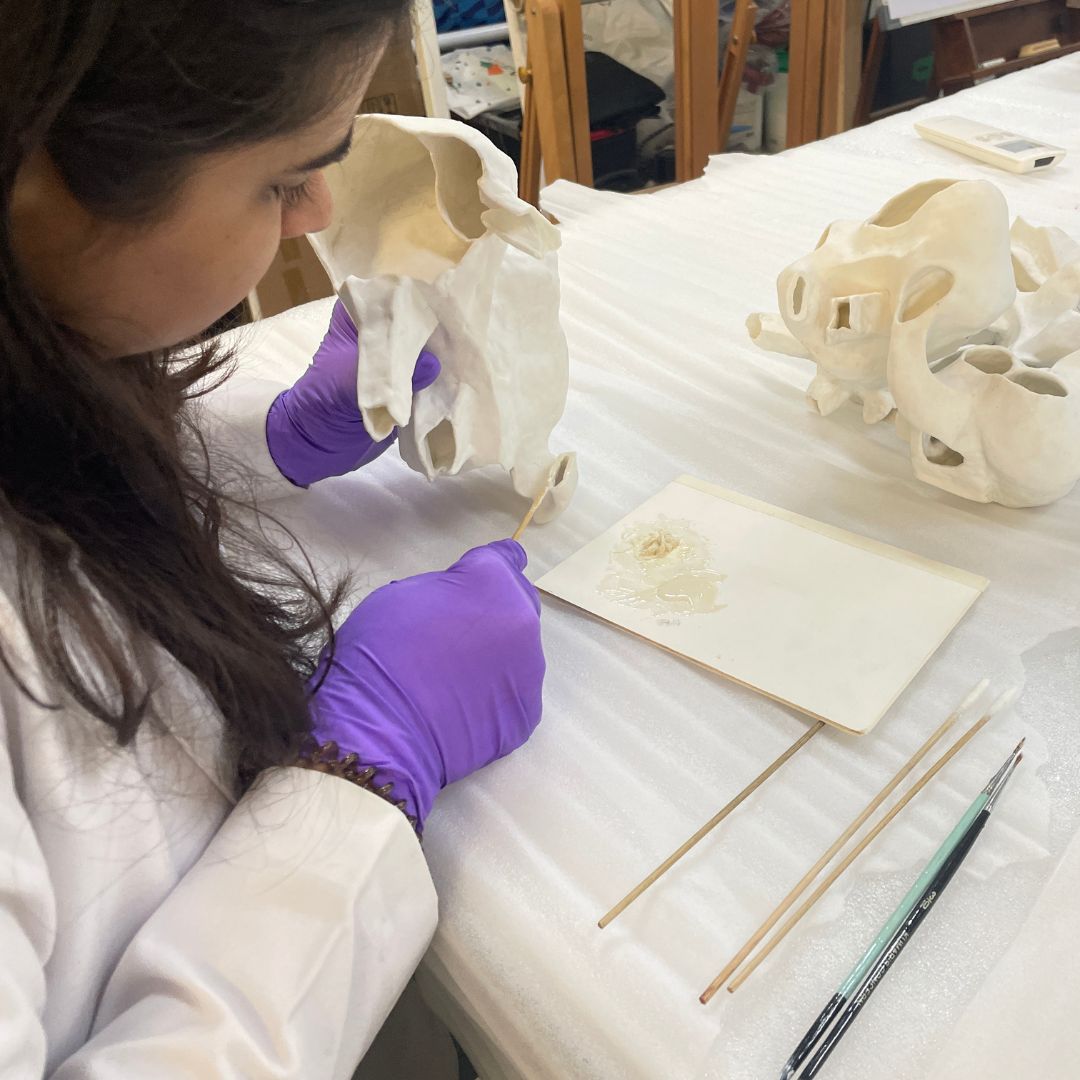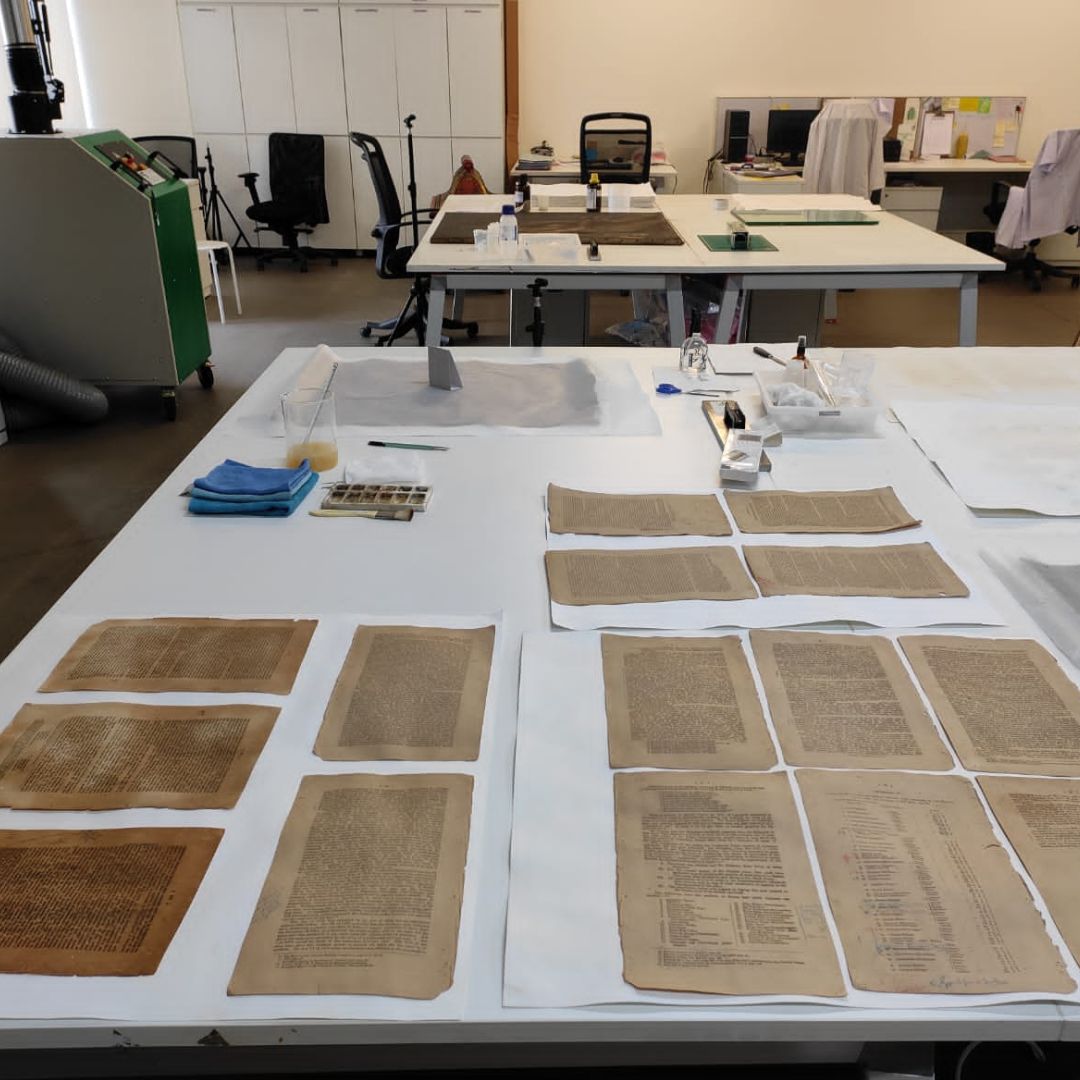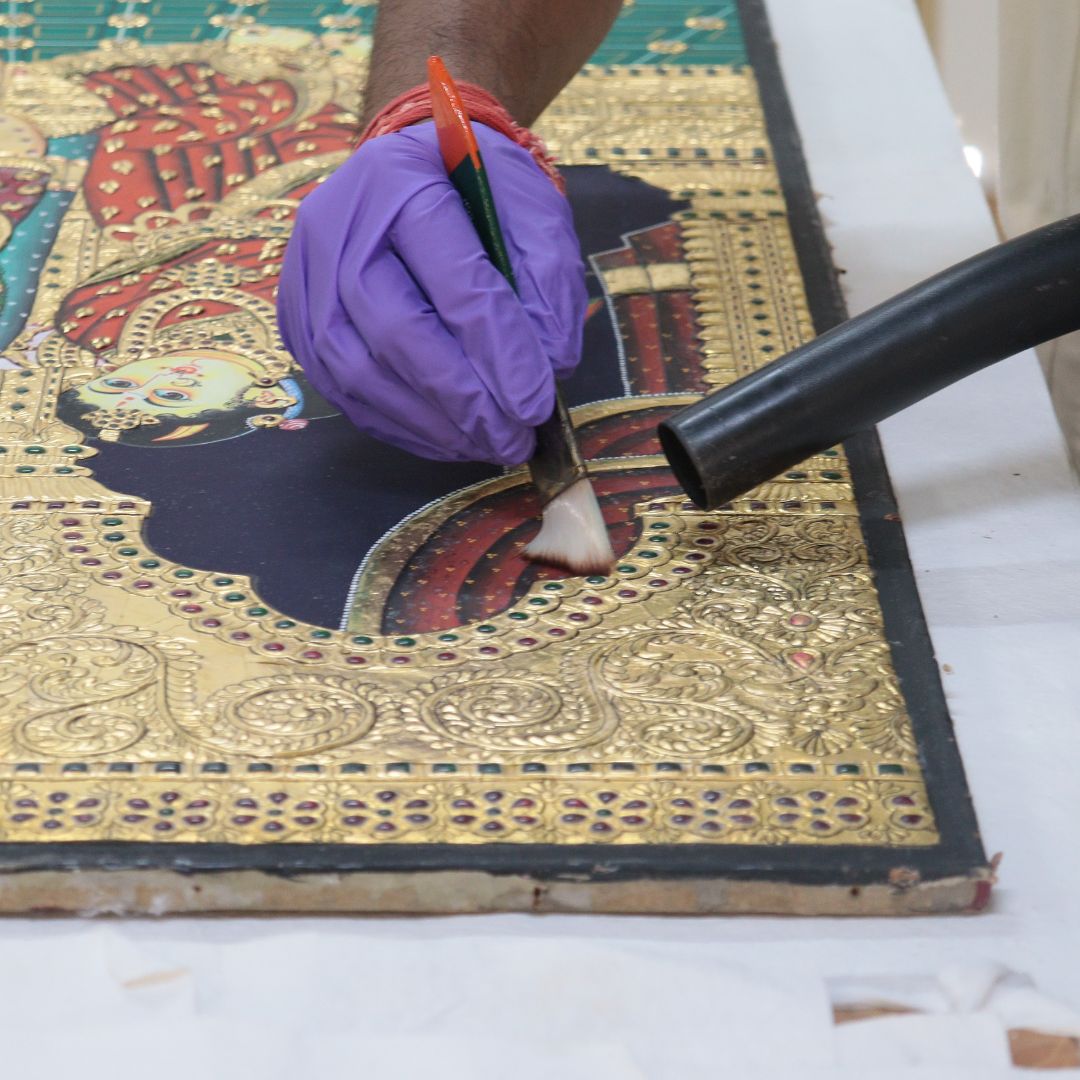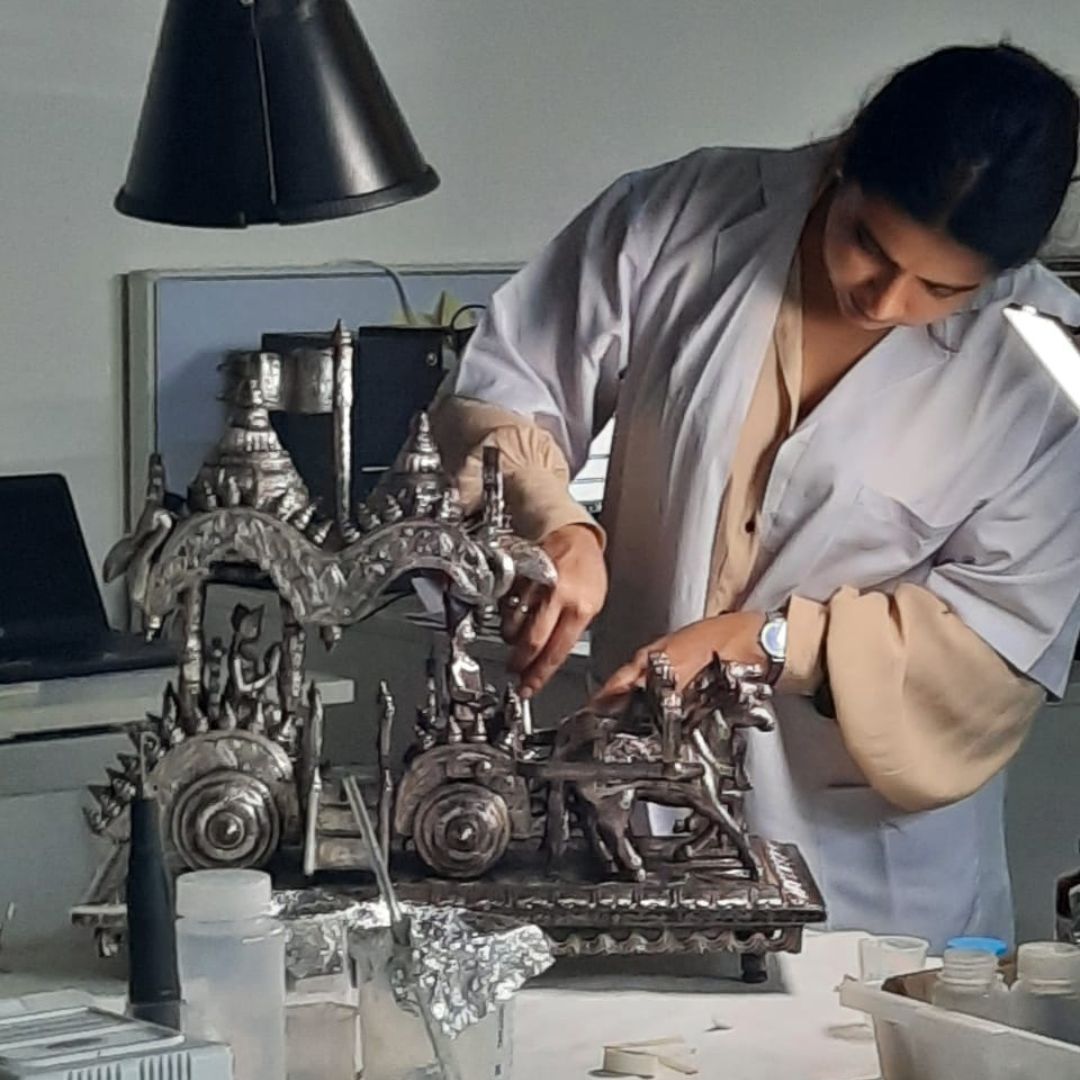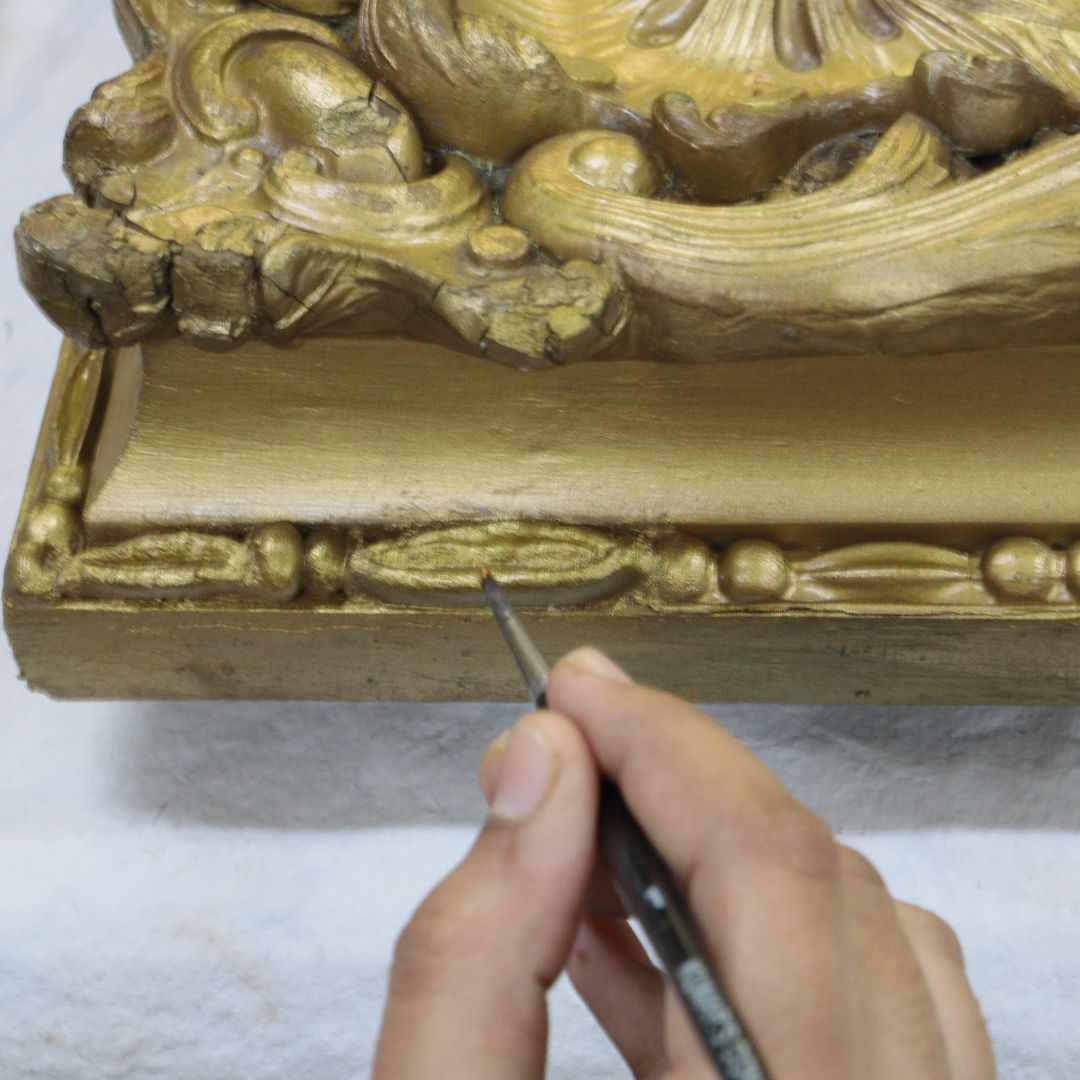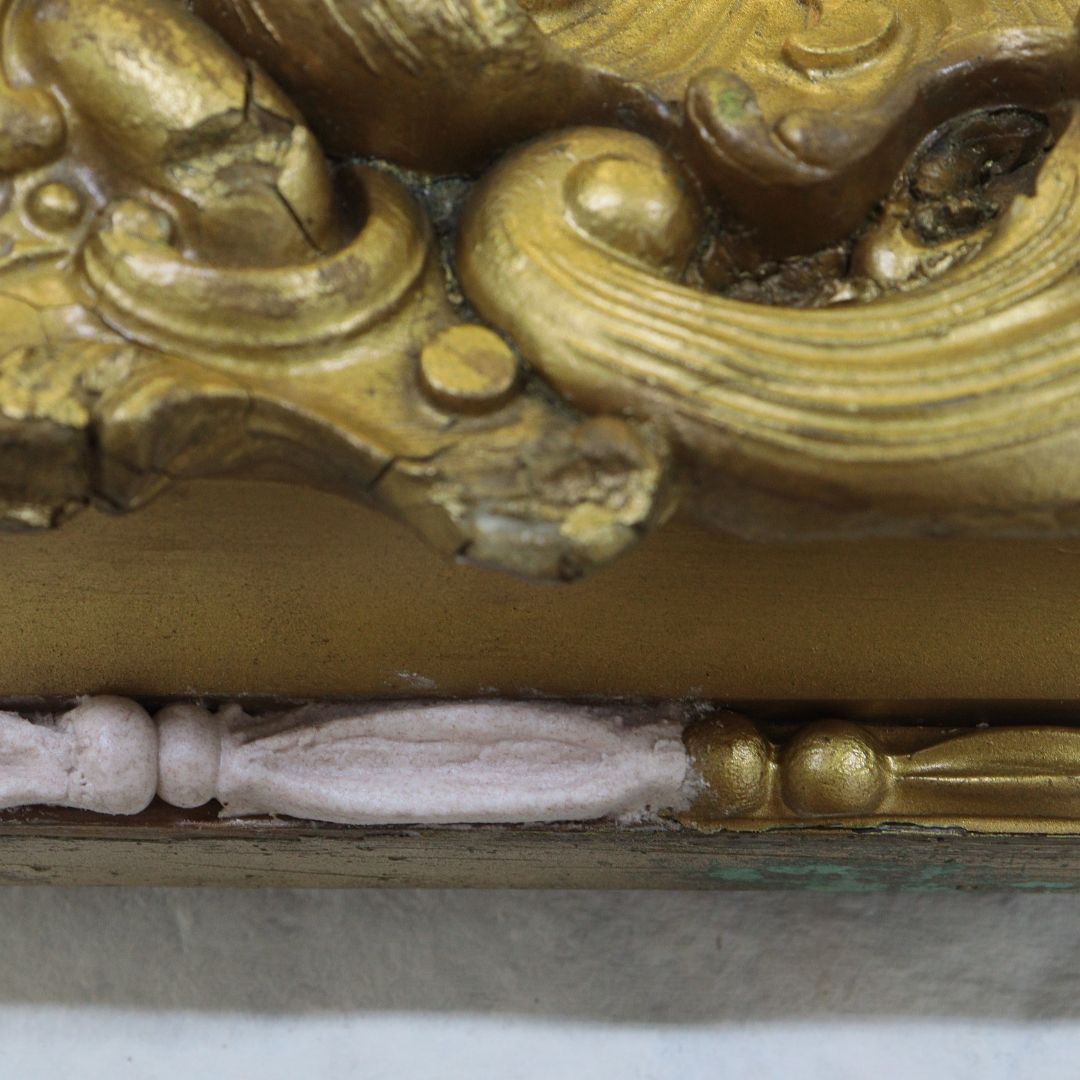Conservation and restoration treatments are meticulously planned based on the specific requirements of the object, considering factors such as its material, structure, and degree of deterioration. These interventions aim to address objective signs of deterioration and, when appropriate, restore the artwork to its original condition. The formulation of treatment proposals typically follows condition assessment in the conservation cycle and is crucial for informing future treatment procedures.
The KCC Conservation Lab prioritizes the accuracy and thoroughness of treatment proposals, recognizing their significance in guiding subsequent conservation efforts. Treatment procedures encompass a wide range of approaches, broadly categorized as follows:
Remedial conservation involves direct interventions aimed at halting deterioration and strengthening the structural integrity of objects. These actions, which may involve physical and/or chemical treatments, are employed when imminent or near-future damage is anticipated. Common practices include stabilizing corroded metal, acid free paper, and disinfecting textiles, often resulting in visible improvements to the objects.
Restoration
Restoration entails the careful rehabilitation of stable objects to preserve their aesthetic and physical significance. These measures aim to address losses or physical alterations incurred over time, such as retouching paintings, reassembling broken sculptures, or integrating lost sections of textiles. While restoration may involve visible alterations to the object, the objective is to honor its original form and function.
The KCC Conservation Lab is equipped to handle a diverse array of objects and materials, including:
- Paper and manuscripts
- Prints and drawings
- Easel paintings and other artworks
- Photographic materials
- Textiles
- Metal
- Stone
- Wood
- Leather
- Bone and organic materials
- Pearls and beads
- Ceramic and glass
Ethnographic objects
Through meticulous treatment and preservation efforts, the lab aims to safeguard these cultural artifacts for future generations, ensuring their longevity and continued significance in the cultural landscape.
Services
